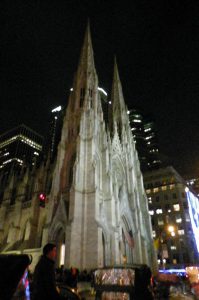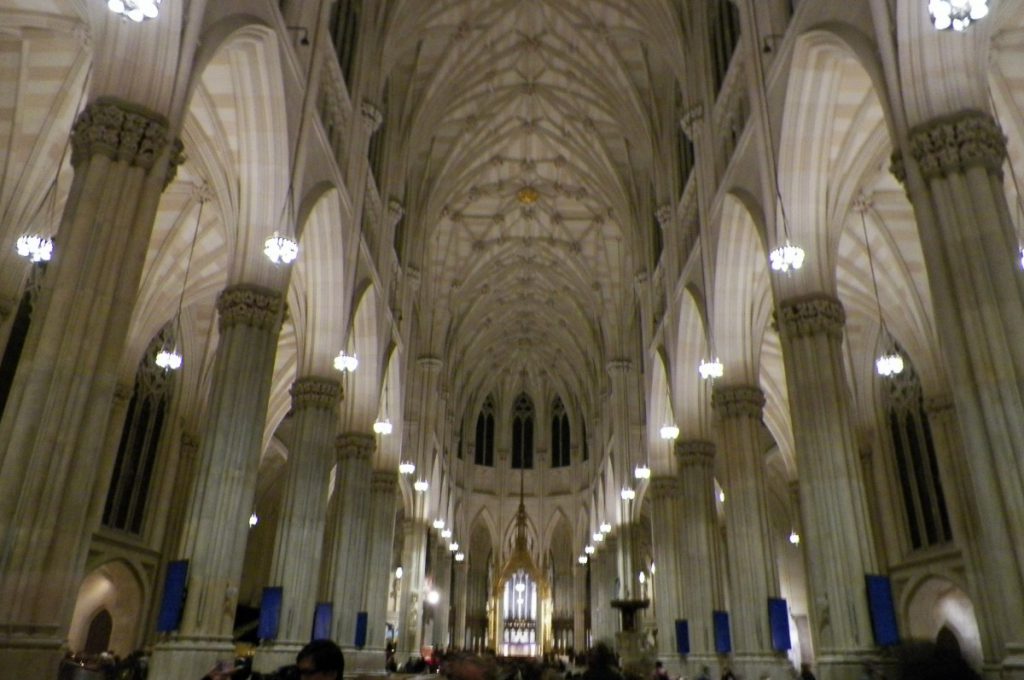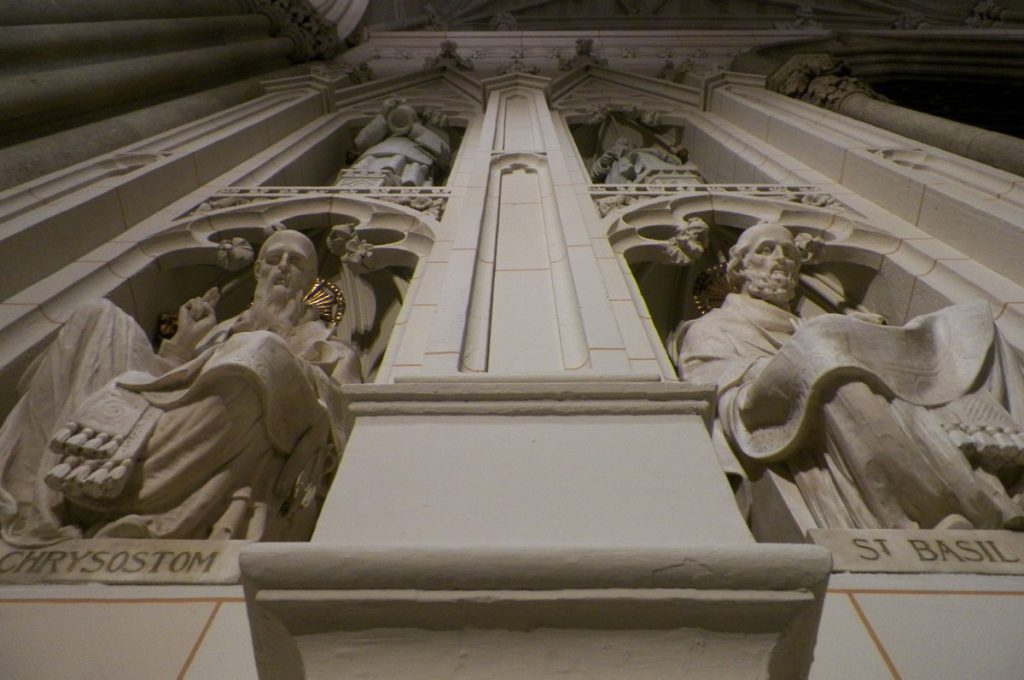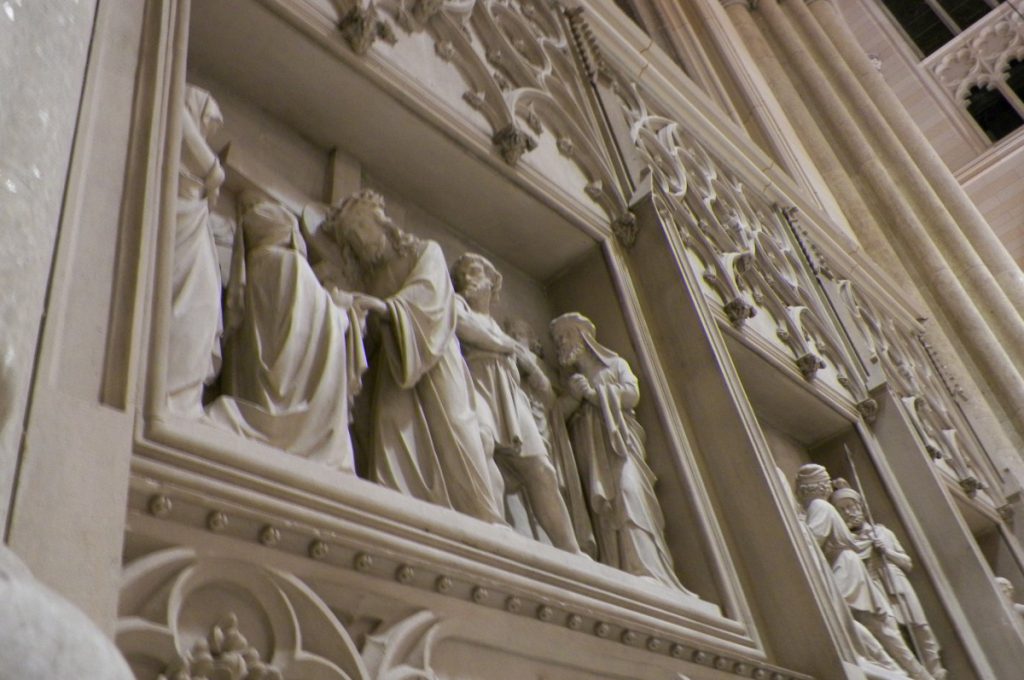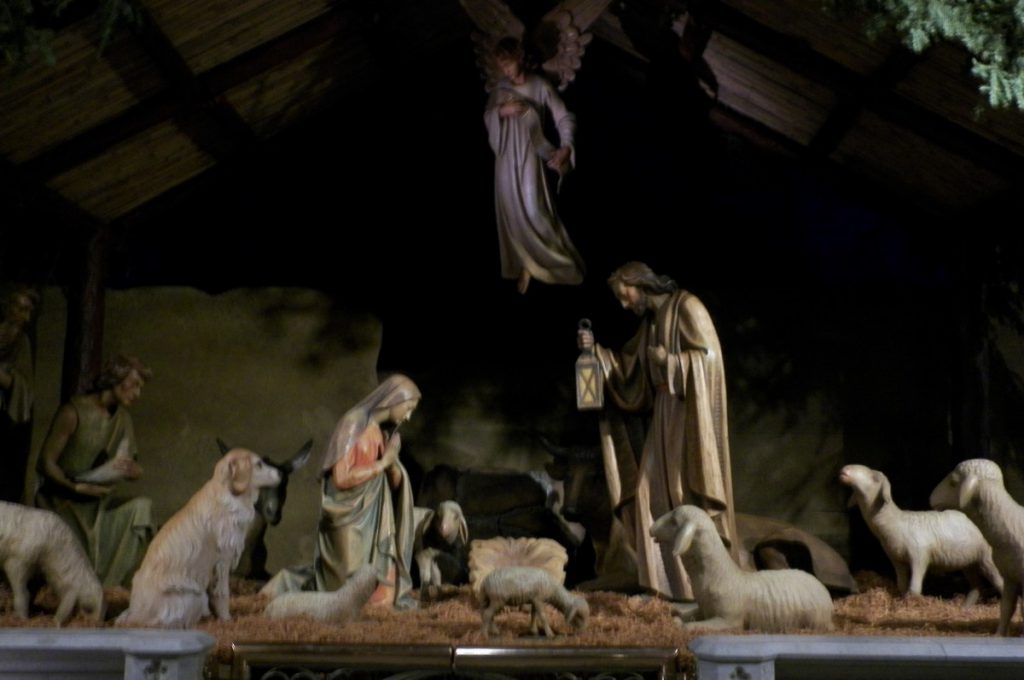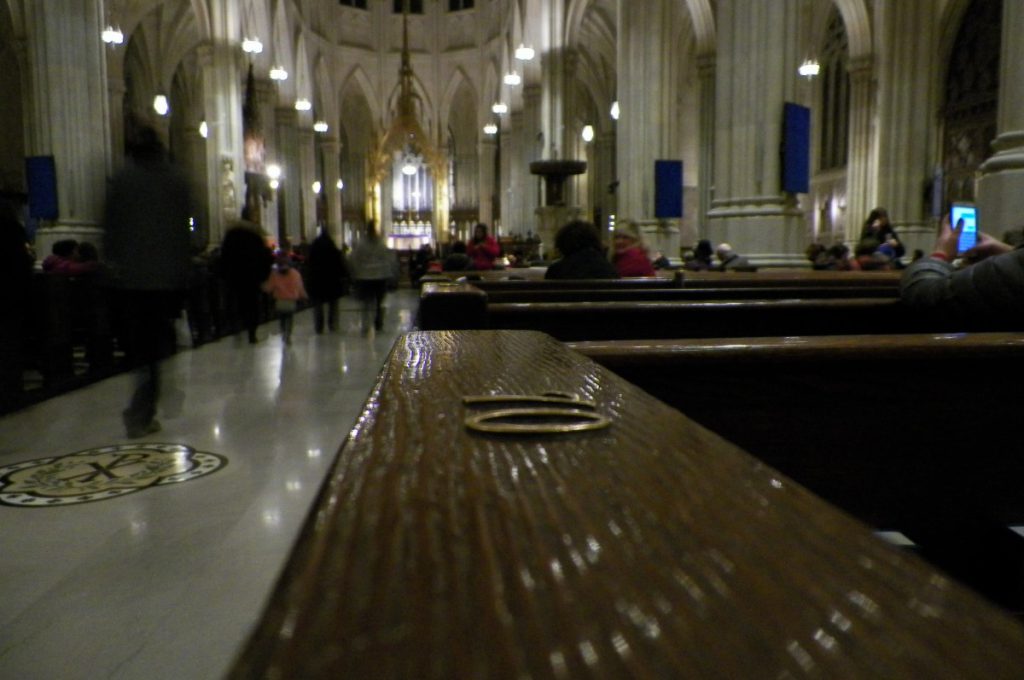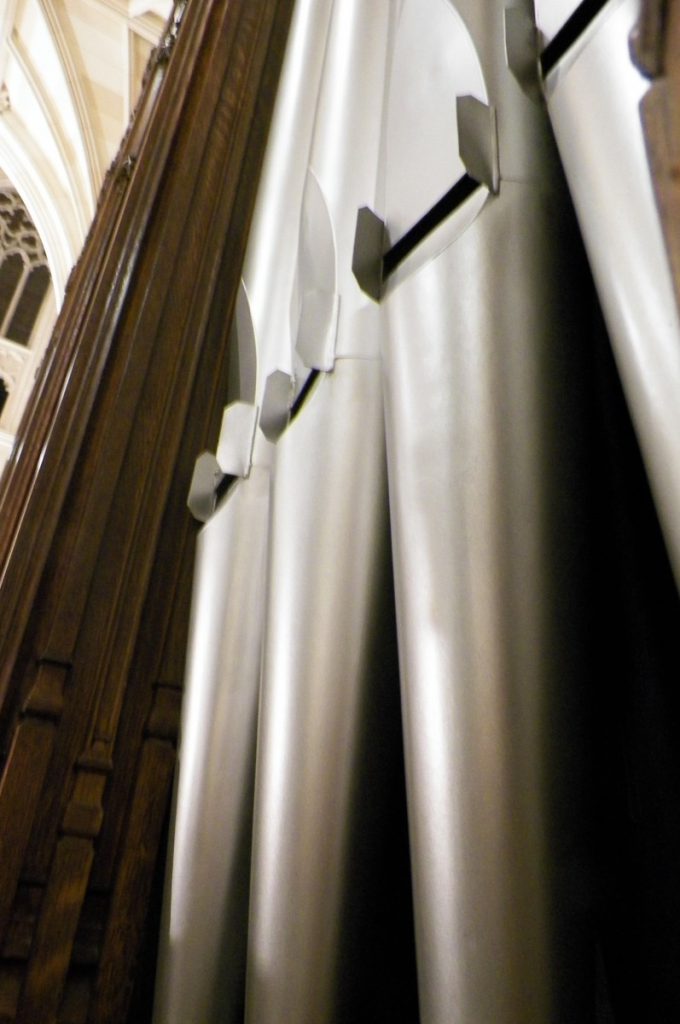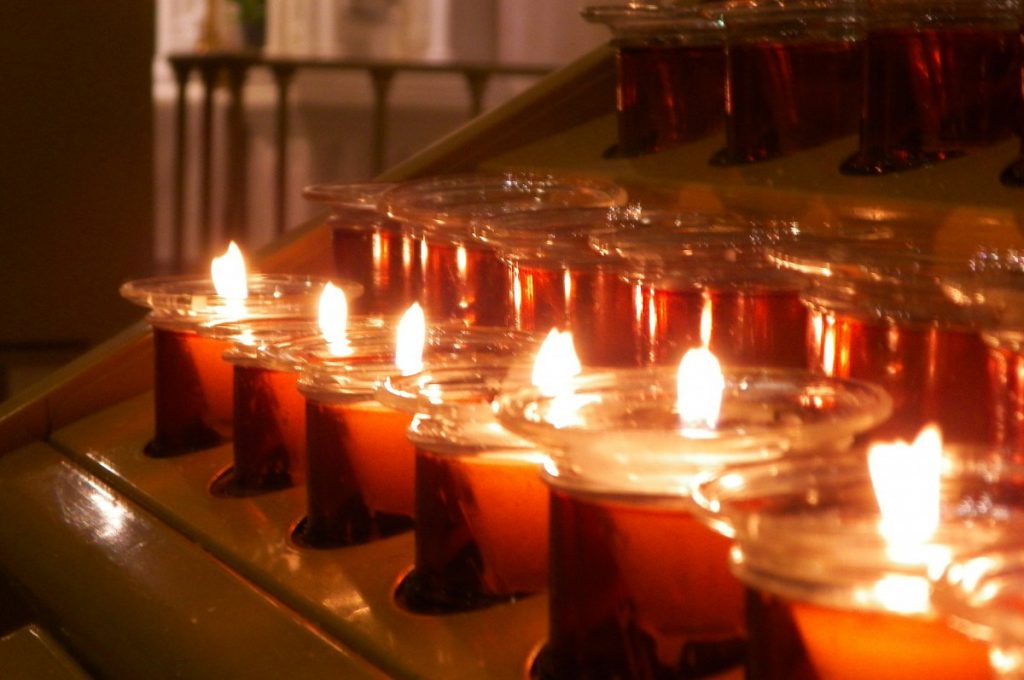It was dusk on a clear Saturday night when my grandmother and I decided to venture to Midtown Manhattan in the hopes of taking some nice photographs and having a fun time in the city. We had ridden the C train for over twenty stops and we were more than ready to be dazzled by some beautiful architecture, amazing music, and wonderful art. As we walked the few avenues necessary to get to the renowned St. Patrick’s Cathedral, we started to see more and more people than expected. Droves of tourists and fellow New Yorkers crowded the sidewalks until the bustling walkway spread in to the street. The streets were closed off and a plethora of families, friends, and tourists alike, roamed the city’s streets. We persisted and kept walking until reaching what seemed to be an amoeba of people. It swayed from side to side, people attaching themselves to the moving cell and exiting through dendrites of people attempting to cross a busy street. We tried our best to steer clear of the human amoeba before getting sucked into the abyss of people. I latched onto my grandmother’s hood,scared to lose her in the crowd (since it has happened on many occasions). The last thing I saw before my vision was almost completely shut off from my surroundings was the glowing awning of Radio City Music Hall. Instantly, I found a reason for the large crowd; they were all there to see the Christmas Tree at Rockefeller! Soon we were spat out of the organism and began trying to figure out a plan to reach our destination. We walked a severely crowded block before my grandmother left me to find an officer halfway into the street. She tenderly tapped on his shoulder and asked him for the fastest route to our destination, which was to walk back a few avenues and down a few streets over, in the hopes that we’d reach a clearer avenue.
A ten minute walk turned into a forty-five minute fiasco. I asked my grandmother if she was still willing to walk as far as we had to, in order to actually get to the cathedral and to my dismay she was more persistent than I was. I, on the other hand, was ready to go home and label the visit as a failed attempt. Instead of my desires to ultimately give up, we continued walking down streets until we reached a clearing on the sidewalks. After practically a hour of walking around in circles we finally reached the cathedral. It was breathtaking and created such a cultural contrast. Christmas lights, high energy of commerce, and other tourist attractions invaded the sidewalks and streets. But deep in the midst of all that confusion was something so stark and beautiful.
The crowds gathered around the decorated storefronts, leaving St. Patrick’s Cathedral as a more reserved area. Although it was relatively crowded inside, the crowd felt different. Believers filled the space, saying prayers and cleansing their souls. They treated the cathedral like the closest thing to the pope that they could possibly achieve; their need for the sanctuary screaming from the organ pipes that played beautiful music throughout the entire structure. It was loud enough to “move” you but low enough for one to actually enjoy it. My grandmother and I broke apart and explored the cathedral separately for some time; taking in the surrounding by ourselves before conversing the beauty amongst each other. Our differing photographic styles really shined in this aspect as we found different things interesting and took photographs in contrasting manners.
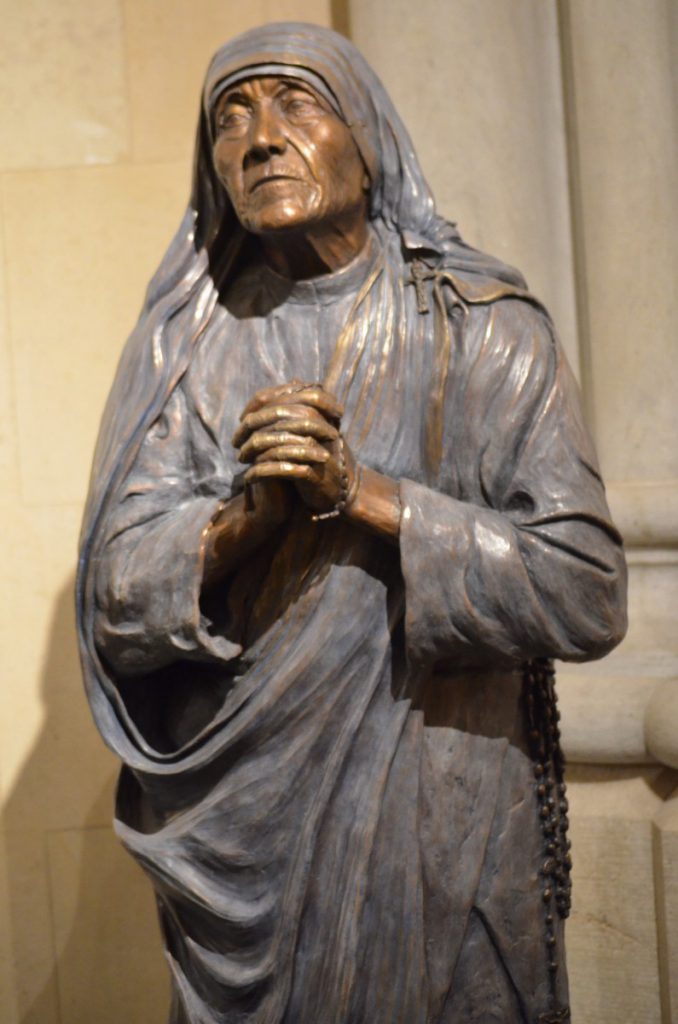
“I alone cannot change the world, but I can cast a stone across the waters to create many ripples.”- Mother Teresa Image Credit: Dolores Greene
According to NPS.gov (National Park Service), Robert C. Broderick, author of “Historic Churches of the United States(1958)”, informed his readers of the history of the beloved cathedral. Apparently, the first Catholic priest of New York City, Jesuit martyr St. Isaac Jogues, came to Manhattan in the hopes of saving the souls of those who were here before the new settlement; his goal was to convert the Mohawk Indians. He carried out his work, eventually launching the first Catholic church in New York City, it was called St. Peter’s Cathedral and opened in 1785.
The growth of the congregation demanded a bigger cathedral to be built, so in 1810 the site of the St. Patrick’s Cathedral was purchased. By the time of 1850 the plan to build was placed. Archbishop, John Hughes, and architect, James Renwick, began to create plans and proposals for the project. Construction began in 1858 and was completed in 1906. The process took so long since construction had to halt production when the Civil War took place; as resources ran low, the Cathedral had to wait to be completed.
As the years went on, the Neo-Gothic Cathedral has seen multiple restorations and additions. A major addition being the various organs that breathed life into the Cathedral. As stated by Saint Patrick’s Cathedral’s website, the first organ system was by George Jardine and Sons in 1879. Only one year later the system was upgraded by J.H. & C.S. Odell. The organ pipes were then renovated over three times, thereafter.
Although the site visit had its respective road blocks and other difficulties, I’m glad we endured the long travel since it was well worth a visit regardless of my failure to piece together simple New York tourist spots. I feel like I didn’t only learn about the architecture of a 19th century cathedral, but I also was immersed in a culture; a culture with deep roots and beliefs.

